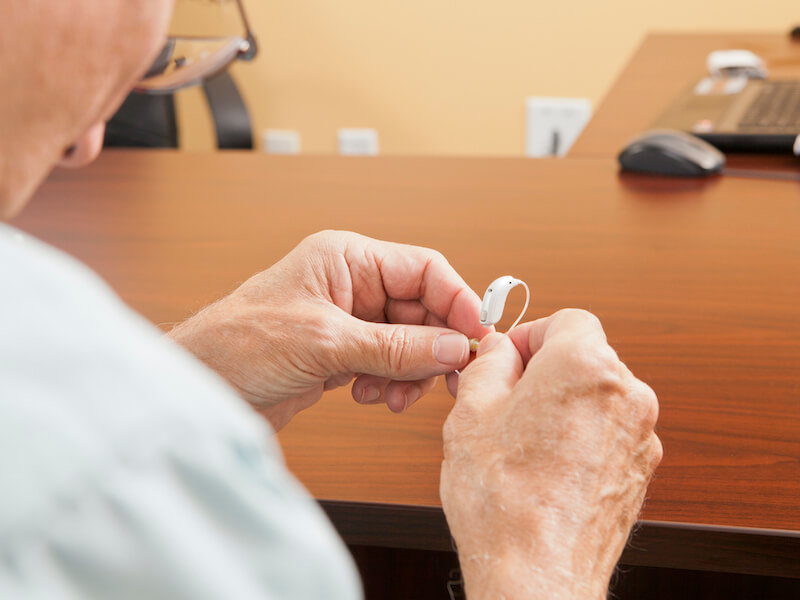
You go out of your way to make sure your hearing aids are well taken care of. Cleaning them daily, you make sure they’re safe and comfortable on their charger when you go to sleep.
Suddenly and discouragingly, your hearing aids aren’t working the way they used to. There are several things you can do to troubleshoot the issue, thankfully. Not doing any additional damage is your top priority so you won’t have to replace them.
Troubleshooting your hearing aid
Of course, when you first got your nice new hearing aids, you made a point of putting the owner’s manual in a safe spot. Hopefully, you did so that you can check with your owner’s manual to undertake maintenance and troubleshooting. Using your owner’s manual is crucial because every model of hearing aid is different.
On most models there are some other things you can check, here are a few:
- Check your battery: You’ll still want to assess the battery power even if you had your hearing aids charging overnight. It may be a good plan to check if you may need new batteries or if the old ones are properly inserted, especially if your batteries are replaceable.
- Check for noticeable damage: Do you see any visible cracks or loose components around the shell of your hearing aid? If you find cracks, it could indicate that moisture is getting in and there may be more significant damage.
- Wax accumulation: Be certain that there is no wax on your hearing aid by giving it a visual inspection. Wax can accumulate quickly even if you clean your hearing aids frequently so make sure you double check.
- Keep your microphone clear: Check your hearing aid to see if anything is blocking the microphone. Your hearing aid may feedback or simply fail to work if the microphone is blocked.
Once again you can learn how to address each of these concerns by consulting your owner’s manual. Self-maintenance is sometimes possible.
When does my hearing aid require repair?
Your hearing aid will most likely need to be professionally repaired if you do routine upkeep and it still malfunctions. That might not always sound desirable, after all, you rely on your hearing aid for daily communication (along with dinners with your family, staying up to date with your favorite Netflix series, and so on).
You won’t automatically be without your hearing aid for lengthy periods of time just because it needs to be repaired. In some cases, we can fix it in office and you can take it with you when you go.
Or, depending on the level of the damage, you could get your hearing aids back in a few hours.
But rapid repair won’t be possible in every case. A backup set of hearing aids might be required in these cases. So if you have an old pair lying around, ask whether they will serve on a temporary basis. We might even be able to let you borrow a pair while you are waiting.
Don’t wait to get help with your hearing aids
It’s crucial to have your hearing aid checked and repaired if you begin to notice the audio quality is beginning to falter.
Any degree of downtime should be avoided. Your mental health and your general health can be affected by neglected hearing loss. And it becomes all too easy to leave your hearing aids sitting in a drawer somewhere while your hearing continues to deteriorate.
The optimum way to keep your hearing healthy is to keep those hearing aids working. And the best way to do that is to keep them clean, keep them charged, and, when necessary, bring your hearing aids to get some professional help.
